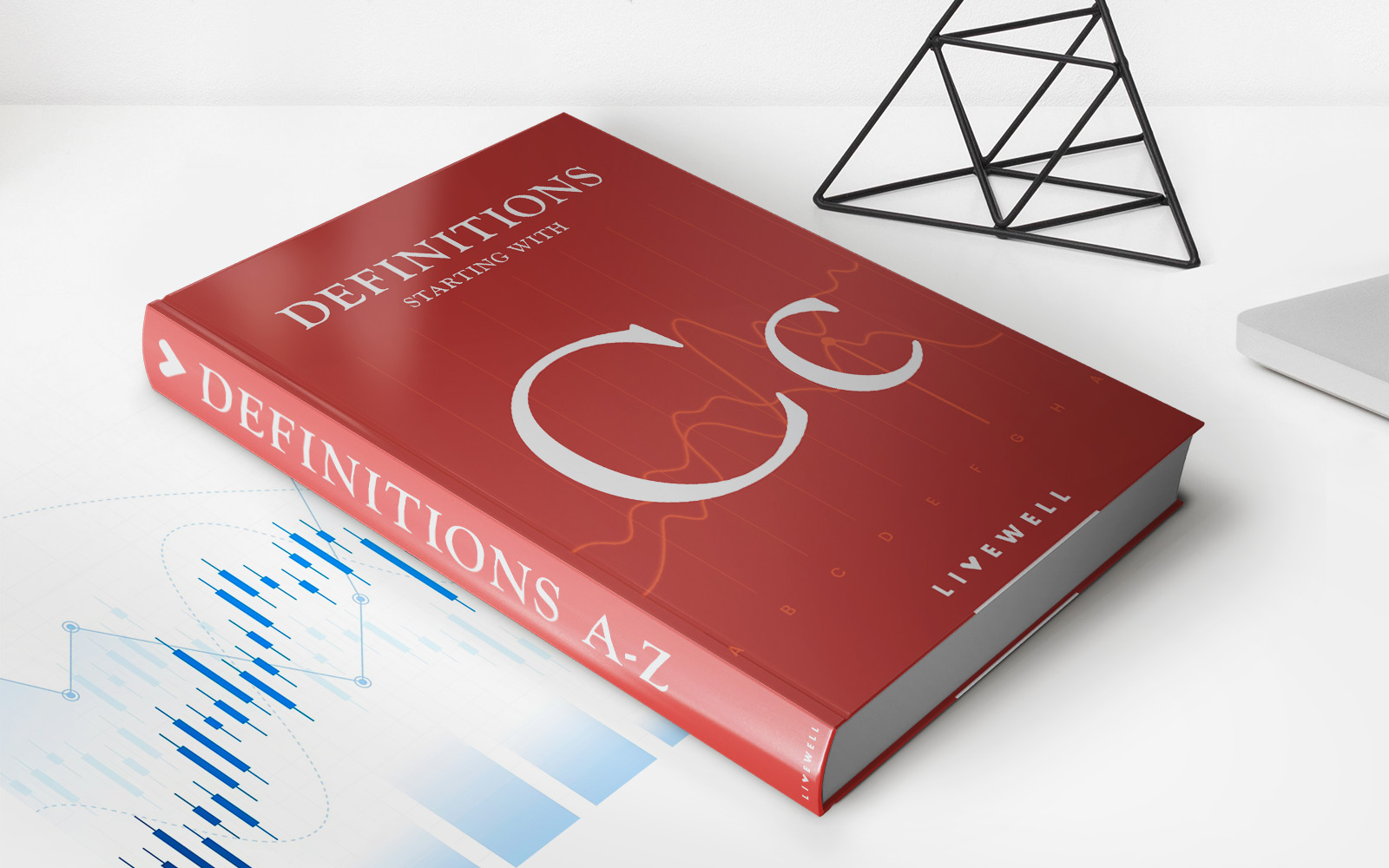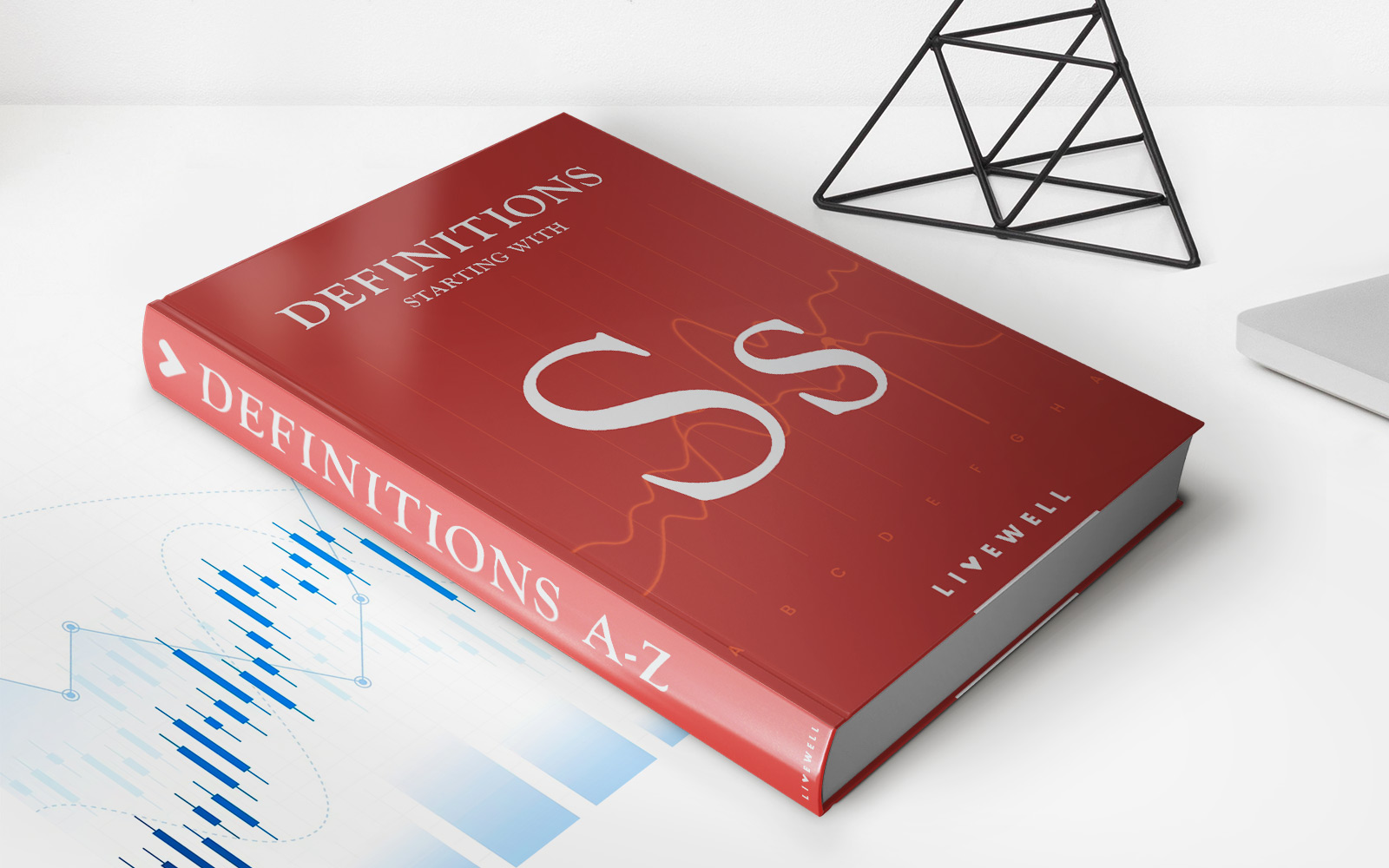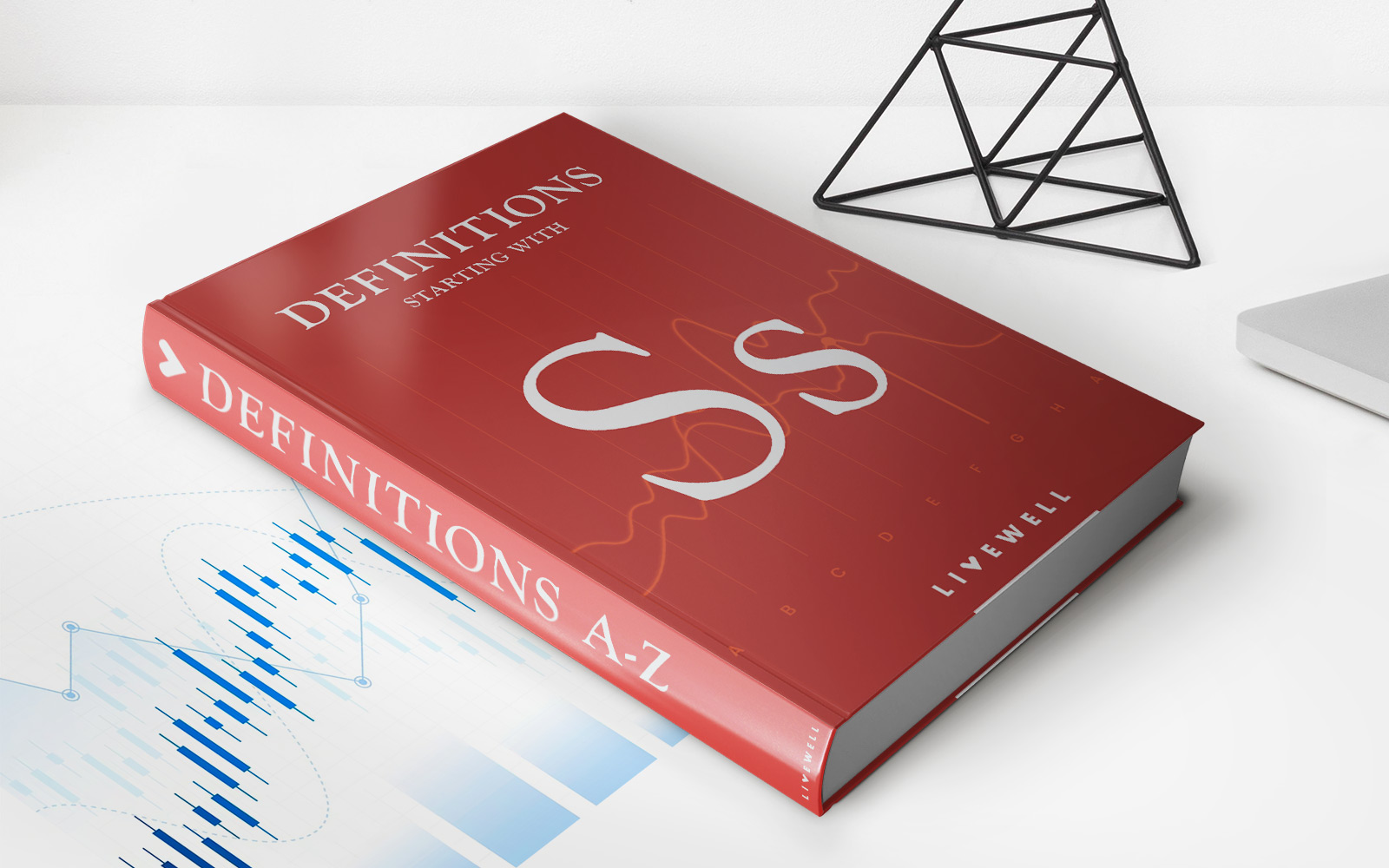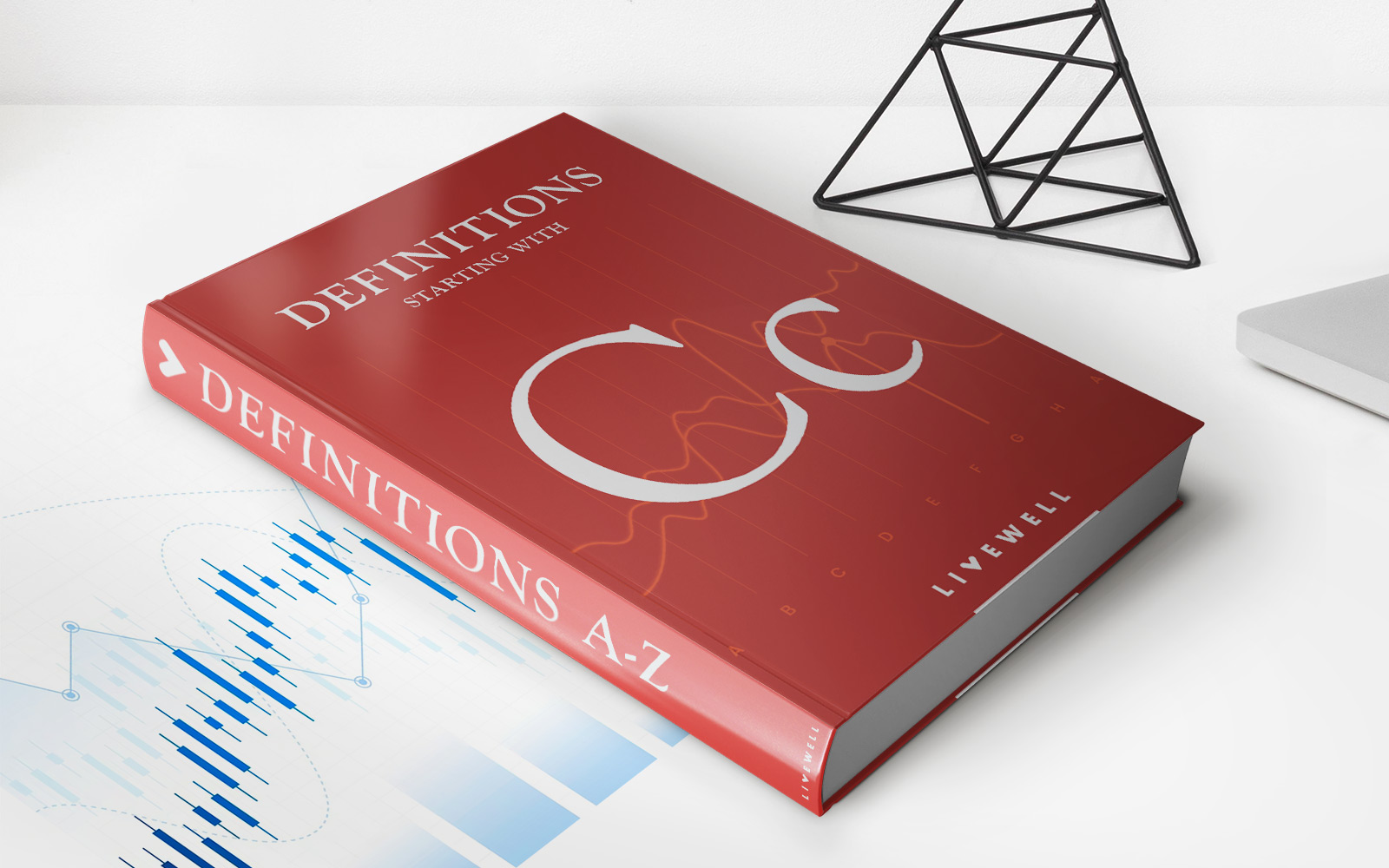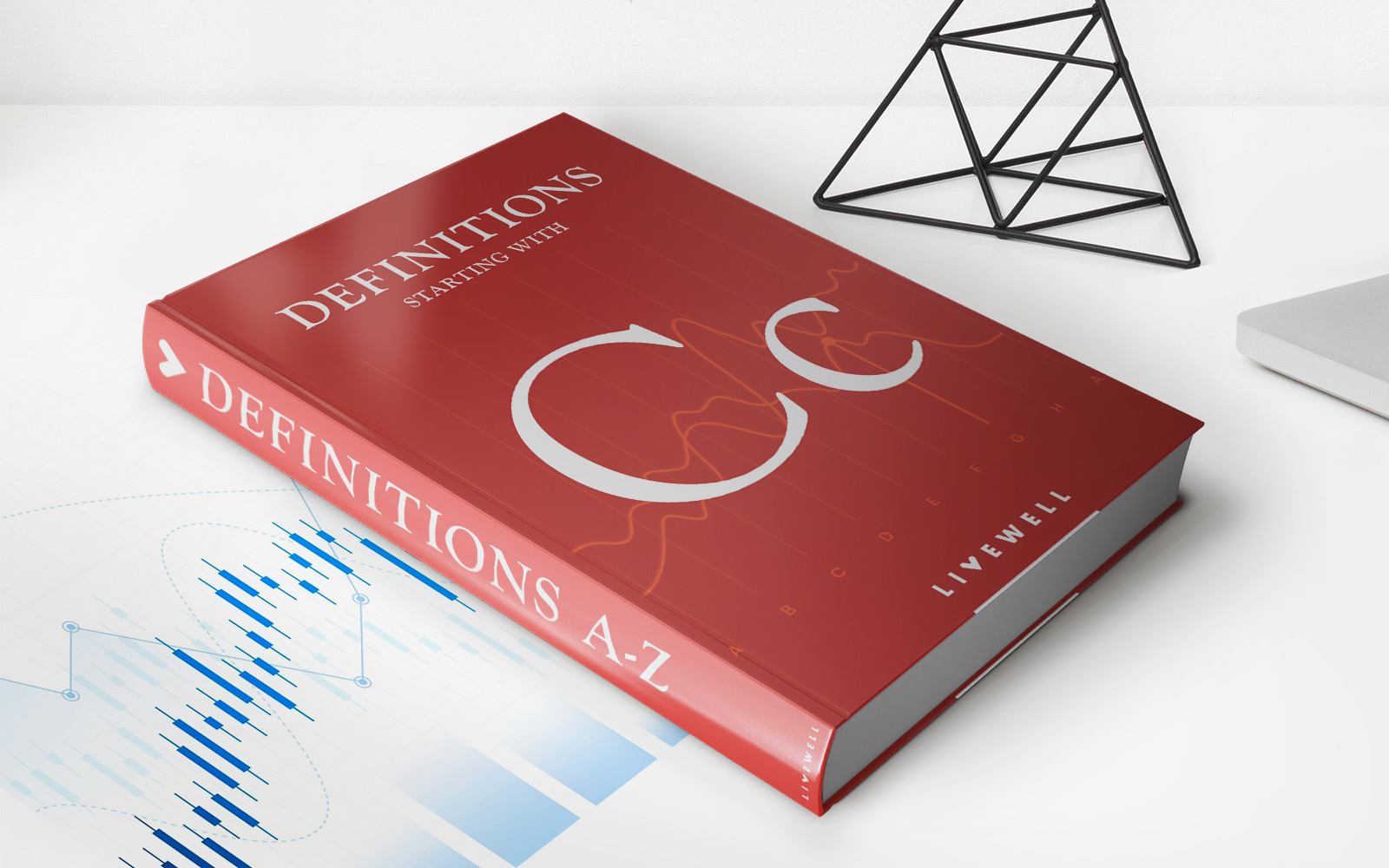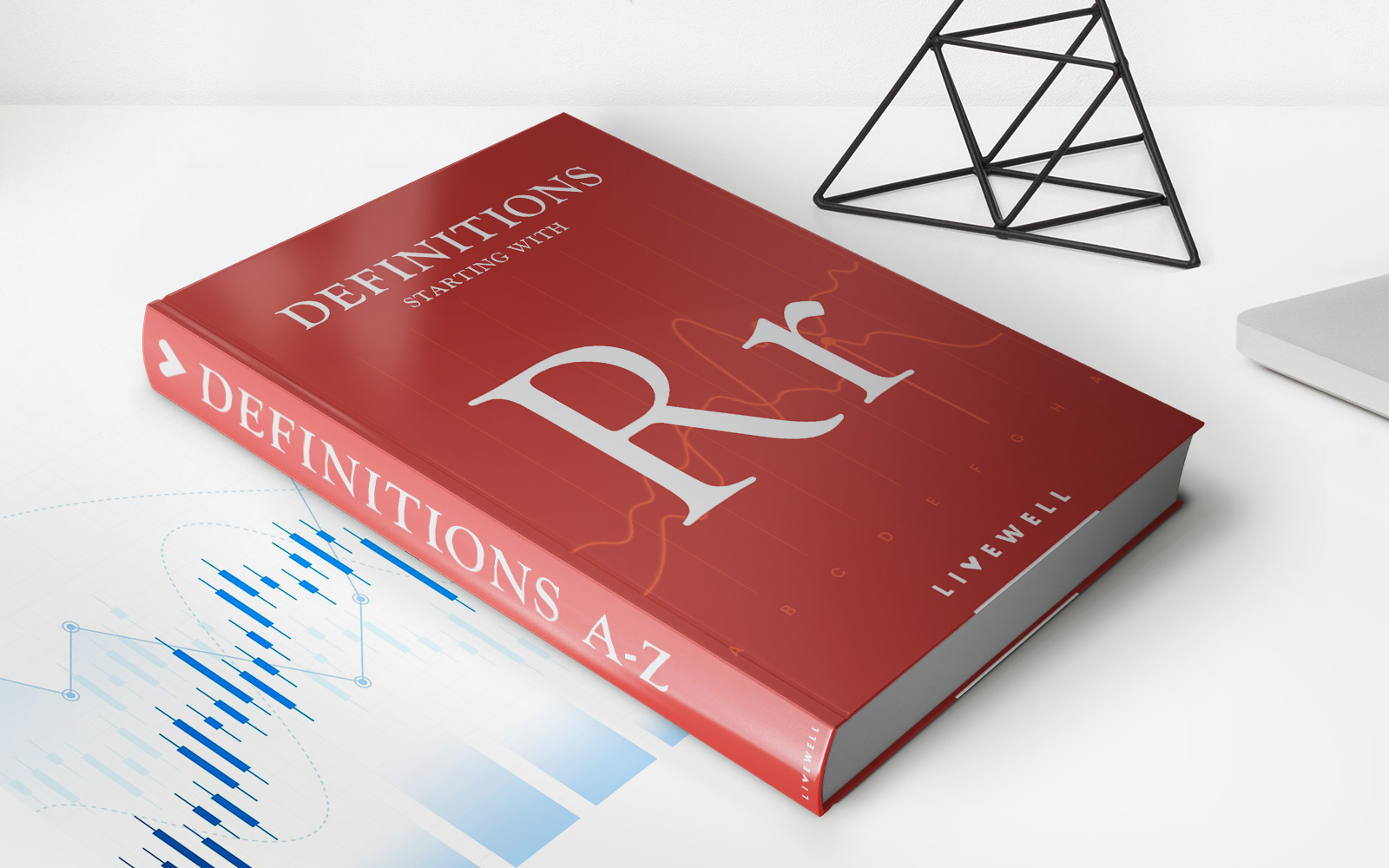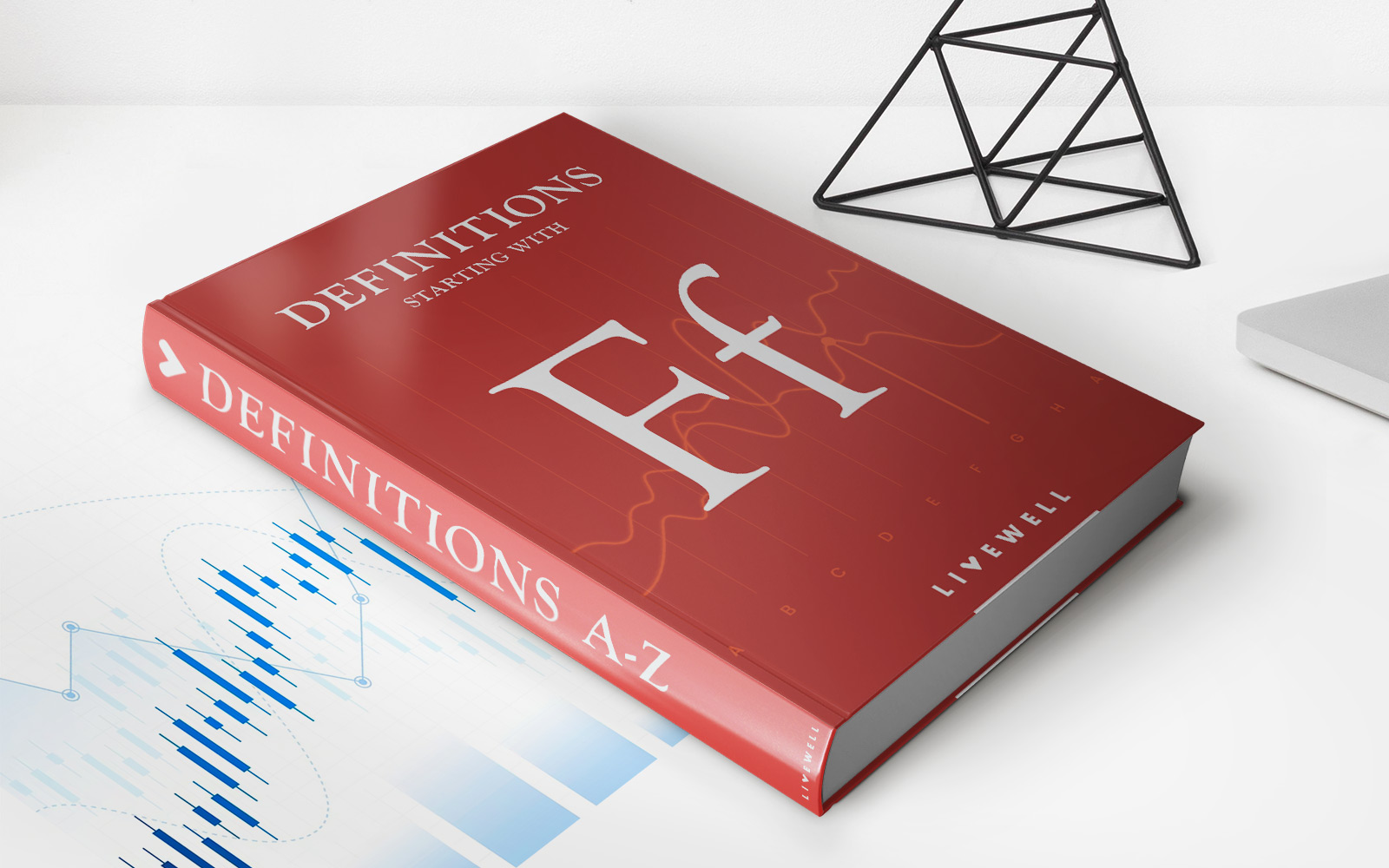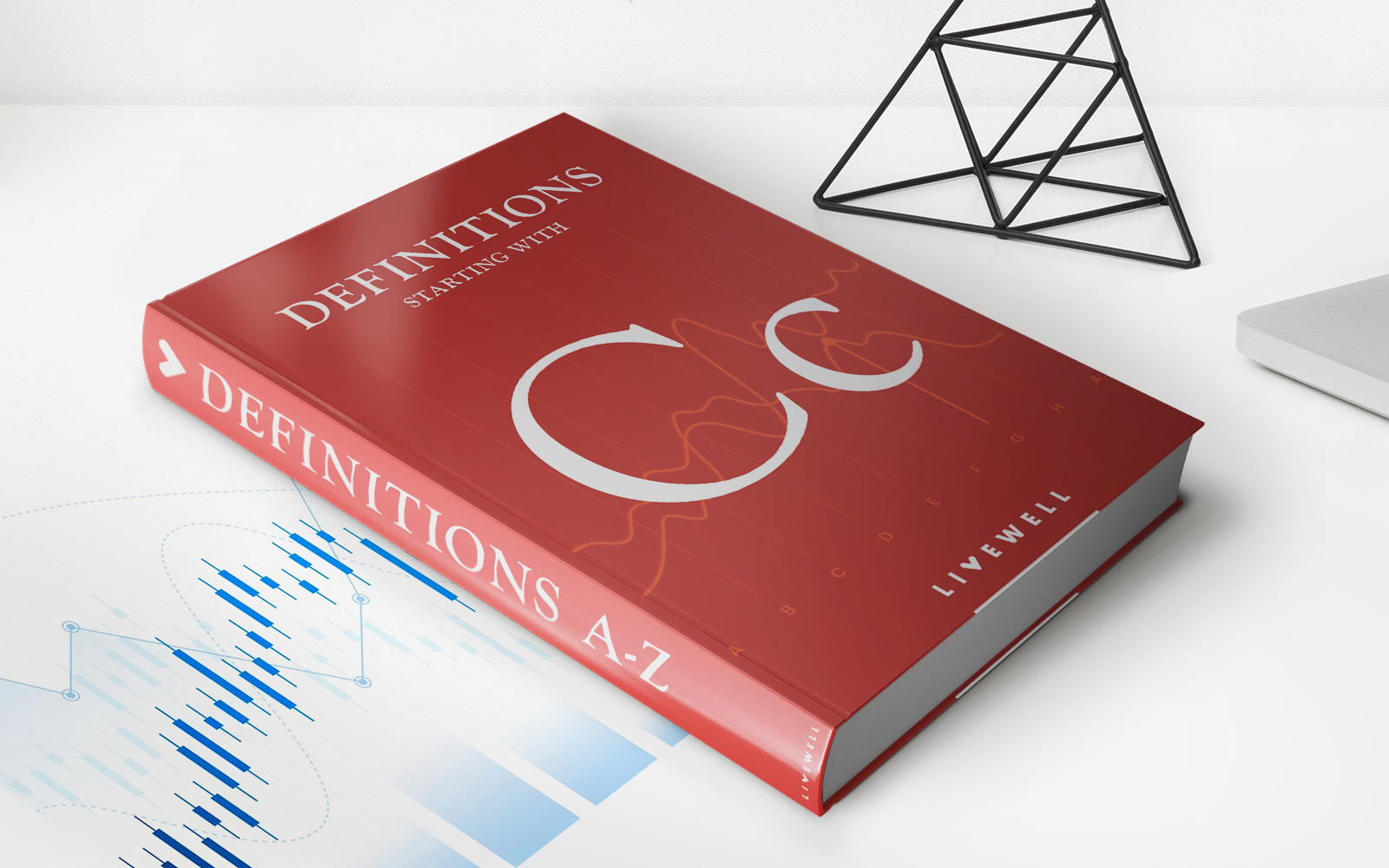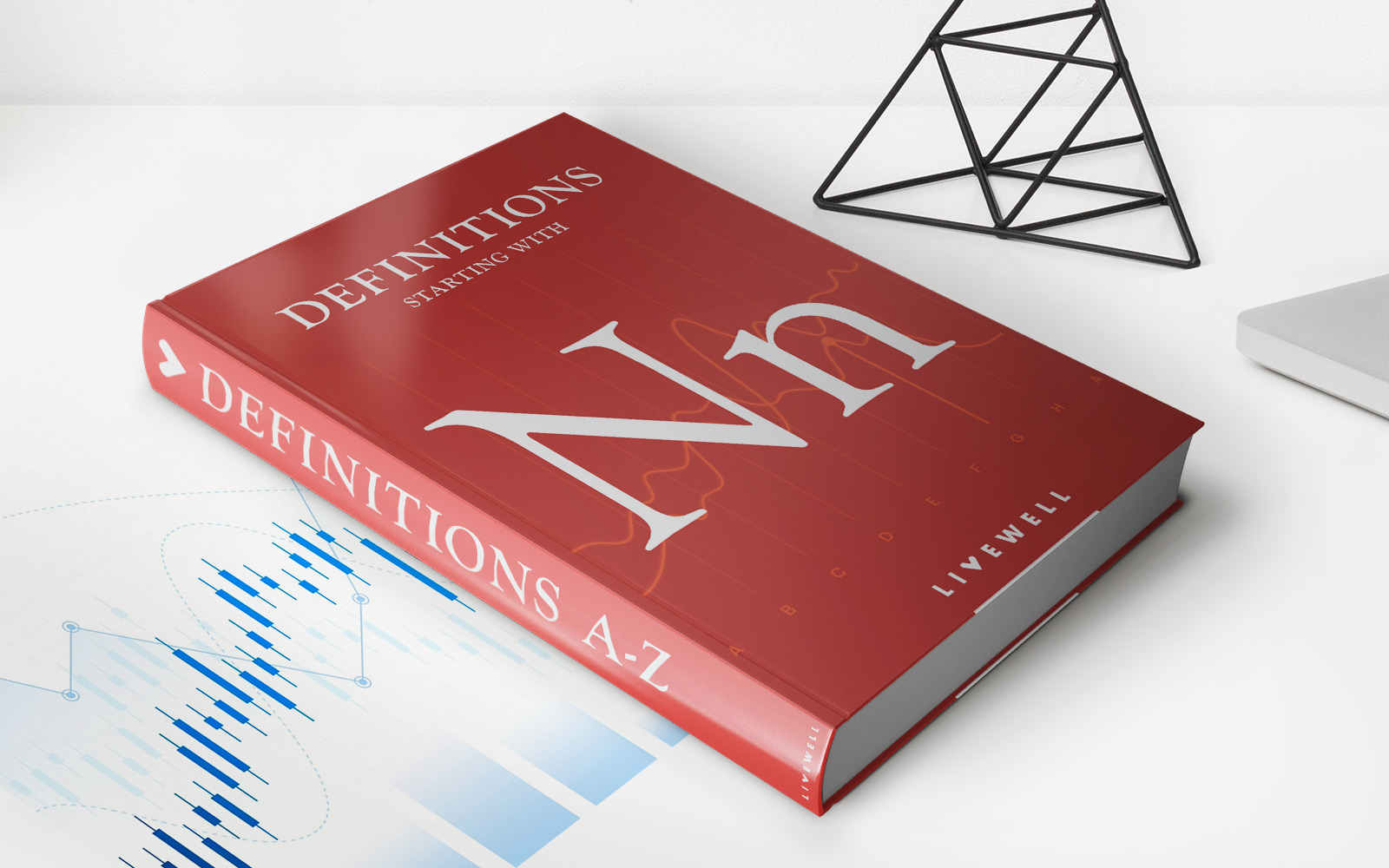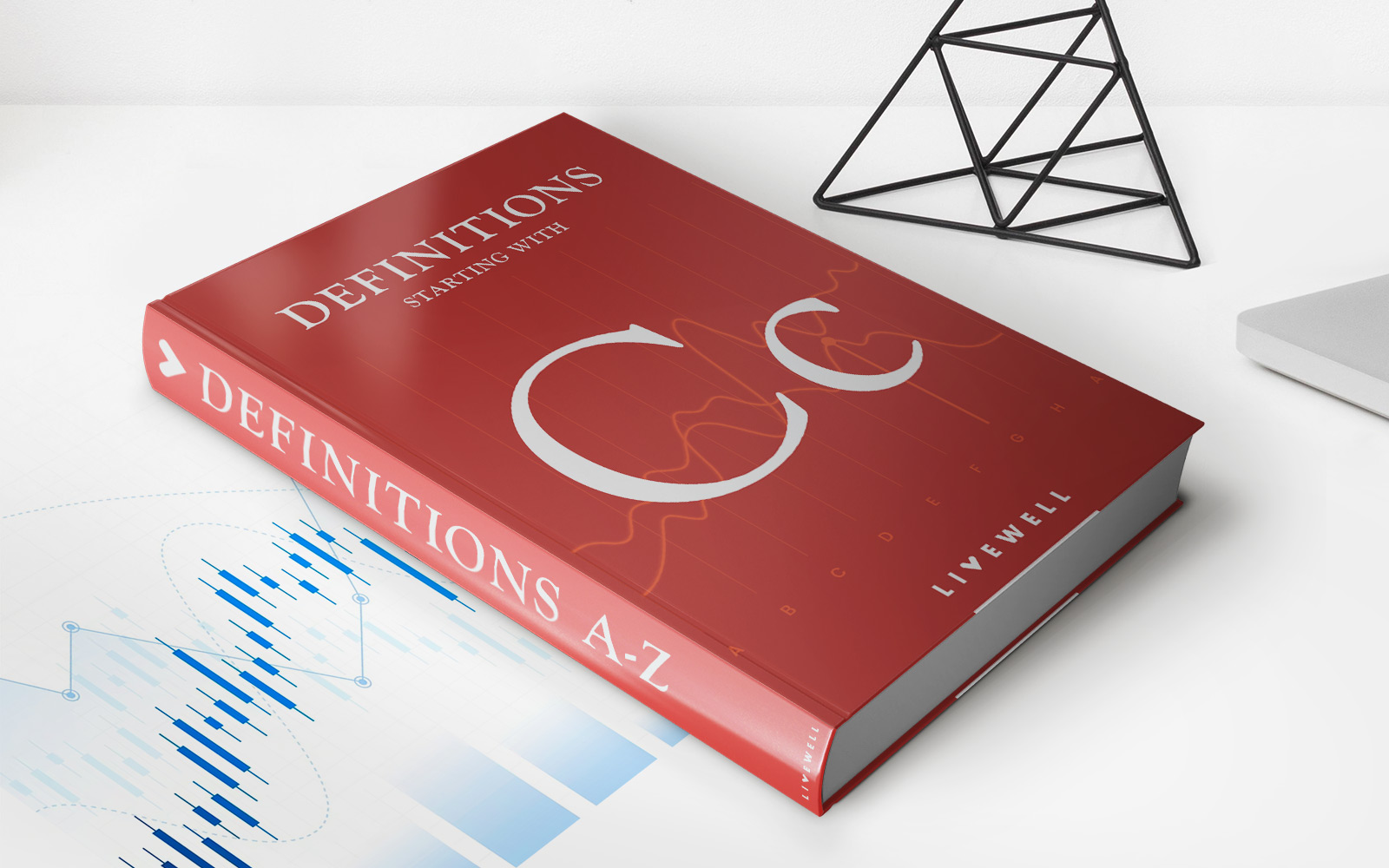

Finance
Copyright Definition, Types, And How It Works
Published: November 3, 2023
Understand the definition and types of copyright in the world of finance, and discover how it works to protect intellectual property and creative works.
(Many of the links in this article redirect to a specific reviewed product. Your purchase of these products through affiliate links helps to generate commission for LiveWell, at no extra cost. Learn more)
Understanding Copyright: Definition, Types, and How It Works
Welcome to our Finance category blog post! In today’s article, we are diving into the intriguing world of copyright. Have you ever wondered why you can’t just copy and use someone else’s work without permission? Well, that’s where copyright comes into play. In this post, we’ll explore the definition of copyright, its importance, different types of copyright, and how it works to protect the rights of content creators. So, let’s get started!
Key Takeaways:
- Copyright grants exclusive rights to authors and creators for their original works
- Understanding copyright is crucial for respecting intellectual property and avoiding legal issues
What is Copyright?
Copyright is a legal protection granted to creators of original works to control how their works can be used, reproduced, and distributed. It ensures that creators have the right to benefit financially from their creations and prevents others from using their work without permission.
Copyright law covers a broad range of creative works, including literary works, music, art, videos, photographs, software, and more. While copyright is automatically granted to authors upon creation, registering the copyright can provide additional legal protection in case of infringement.
Types of Copyright
There are different types of copyright that apply in various situations:
- Literal Copyright: This type of copyright protects written works such as books, articles, poems, and other literary creations.
- Musical Copyright: Musical compositions and lyrics are protected under musical copyright. This ensures that artists are credited and compensated for their musical creations.
- Visual Copyright: Artistic works, including illustrations, paintings, sculptures, and photographs, are protected under visual copyright, allowing artists to control the reproduction and display of their artwork.
- Performing Arts Copyright: This copyright covers performances in areas such as theater, dance, and live music, enabling performers to control the use and distribution of their performances.
- Software Copyright: Software programs and applications fall under software copyright, allowing software developers to safeguard their creations and determine how they are used.
These are just a few examples of the types of copyright that exist, showcasing the wide scope of protection offered to various creative works.
How Does Copyright Work?
Copyright gives creators certain exclusive rights, allowing them to:
- Reproduce their work
- Distribute copies of their work
- Display or perform their work publicly
- Create derived works (adaptations, translations, etc.)
By obtaining copyright, creators have the power to authorize or prohibit others from using their work. If someone wants to use a copyrighted work, they must seek permission from the creator or obtain a license for its use.
However, there are exceptions to copyright, such as fair use, which allows limited use of copyrighted material without permission for purposes such as criticism, commentary, research, and education. These exceptions serve to strike a balance between protecting the rights of creators and promoting free expression.
In Summary
Understanding copyright is essential in the creative world. It ensures that creators retain control over their intellectual property and have the opportunity to be rewarded for their work. Here are two key takeaways to remember:
- Copyright protects creators’ rights to control the use, reproduction, and distribution of their original works.
- There are different types of copyright that apply to various forms of creative expressions.
We hope this article has shed light on this important topic and helped clarify the concept of copyright. Remember always to respect artists’ rights and seek permission when using someone else’s creative work. Stay tuned for more enlightening finance articles on our blog!
